One of the earliest examples of a DTC brand offering subscription services is Native. Sitting in a co-working space, Native’s founder Moiz Ali talked to his co-workers about selling deodorant as an alternative to the ones available in the market. A lawyer by training, he realized he couldn’t read the ingredients on his deodorant, at least not without a chemistry major. Deodorant is an intimate product that stays on the skin after we use it. Surely customers should be able to read the ingredients used.
He started to sell Native as a clean and cruelty-free deodorant. He priced it at $12 when most brands like Axe and Dove were retailing at $3. This new kid on the block with its focus on relentlessly delighting the customer started selling using the subscription model before it became very successful and was acquired by P&G for $100 million in 2017.
Ali attributed Native’s incredible success to acting on the feedback he requested and received from his early customers.
DTC businesses are here to stay, especially post the Covid-19 pandemic which forced customers to try new ways of shopping. This shift is now permanent as customers enjoy purchasing from DTC brands.
DTC brands are increasingly adopting the subscription model. This is proving to be a win-win scenario for DTC brands and customers alike.
An industry report titled State of the US Direct to Consumer Subscriptions in 2022 gives us an idea of the DTC subscription market:
- The U.S. has 225 million active subscribers, with 60% of them being women.
- DTC subscriptions can be categorized into three types: Replenishment, Curation, and Membership. The curation category accounts for 55% of active subscriptions. Millennials and Gen Z are its largest customer base.
- The growth rate of subscription boxes from 2018 to 2021 is 15%, with a churn rate of 10.5%
DTC brands are using their subscription service to understand customers, capture all feedback, and refine their offerings. DTC subscription models are shaped by an understanding of customer preferences and requirements:
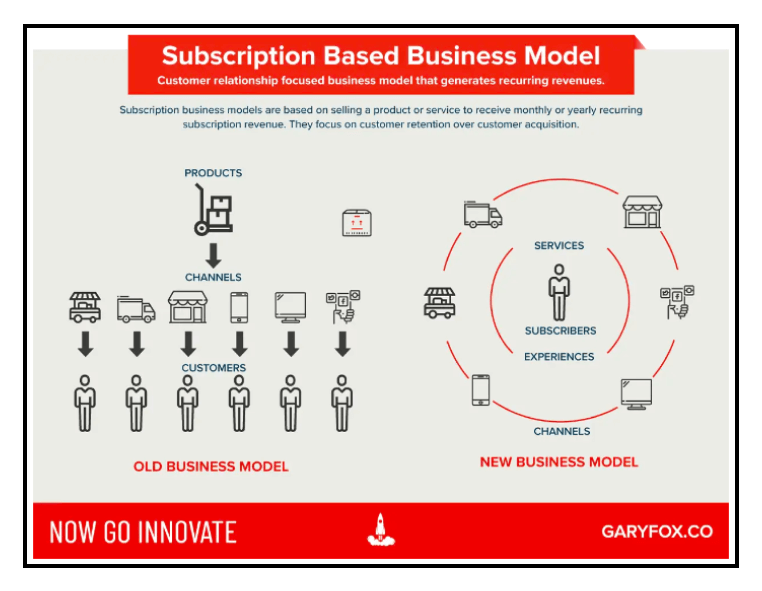
Why would customers subscribe?
A product’s subscription offers customers ease, convenience, and personalization. Before we understand this further let us look at the types of DTC subscription models.
Types of subscription models
1) Replenishment model:
Here customers may choose to simply automate the purchase of low-value items that are frequently needed. Customers using the Dollar Shave Club or Harry’s subscription are automating the buying process for their shaving needs.
Vitamins, toothbrushes, diapers, medication, pet treats, and groceries are some of the categories that customers are opting for auto-ship or replenishment subscription mode.
2) Curation subscription model:
customers expect the DTC brand to personalize their buying experience. The products are picked based on customer preferences and habits, rather than a one-size-fits-all approach. This customized purchase is available in intervals based on purchasing patterns.
Ipsy is a beauty subscription brand that selects different beauty products for its customers and delivers the products to them monthly. Customers can try new products and discover several beauty options by using the Ipsy beauty subscription.
3) Membership subscription model :
It provides special benefits to its member customers that non-members cannot avail of. This could mean discounts, first access to new products, and benefits with their collaborators.
Brands like MeUndies and Fabletics offer first access and special discounts to their members. For instance, MeUndies offers its members a 30% discount on each order; they also get free shipping on all orders. But for non-members, only those customers who shop over $50 get free shipping.
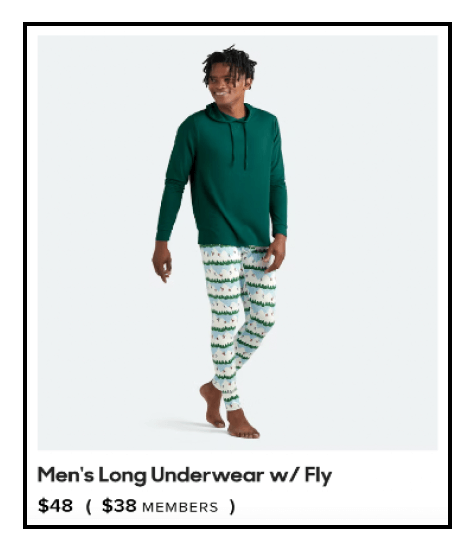
Customers choose subscription-based buying for a variety of reasons:
1) Personalization:
Customers prefer personalized offerings. Even in the case of everyday products, they make choices based on their preferences and belief systems.
In choosing Barkbox, pet parents are opting for customized treats and toys though they can bulk buy treats or generic toys from a pet store. Barkbox promises dog joy in a box. Some examples of their box themes are Pool Party, Stranger Things, and Italy.
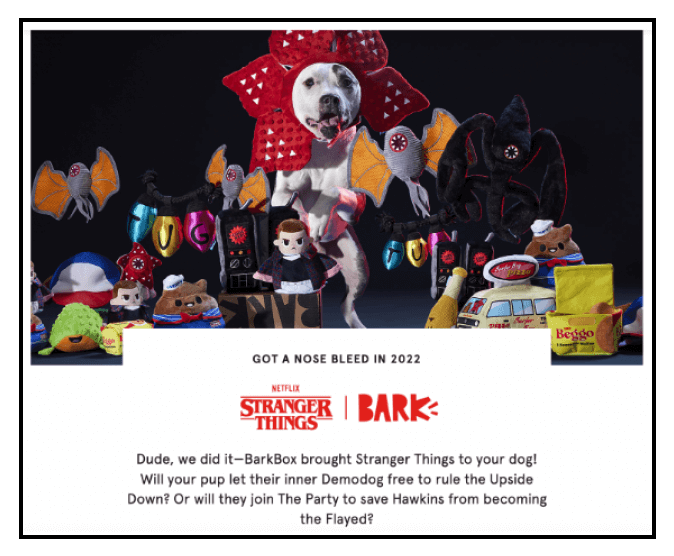
The Barkbox subscription model, like other DTC subscription businesses, helps personalize the buying process and converts regular purchases into an expression of customer lifestyle choices, interests, and values.
2) Ease and convenience:
Subscription models remove the labor of scouting, choosing, and making purchase decisions for several needs. Birchbox removes the pain of spotting and picking new beauty products. MeUndies help you with timely personal hygiene with discounts. This encourages customers to buy more and enjoy the purchase process rather than dreading it.
3) Buying experience:
Customers prefer DTC subscription models because they elevate the experience of regular buying into something more special. They begin to trust the brand – thanks to brand communication and purchases, the transaction begins to transform into a relationship. The brand then becomes a habit.
Huel, the ready-to-eat meal replacement brand that promises to save you time, is vegan and offers complete nutrition with great savings. Take a look at their community page which points to an engaged audience for whom Huel is a way of life:

4) Savings and perks:
Customers are increasingly comfortable with buying directly from brands, bypassing the retailer. They are comfortable shopping for physical and luxury products online, as per a consumer insights report by PWC.
By opting for a subscription model, customers get bargains and discounts. In the case of curated boxes, customers discover new products they may not have picked and explore new options in their need category.
Beauty Pie uses the subscription model to cater to both its price-sensitive and high-end subscribers:
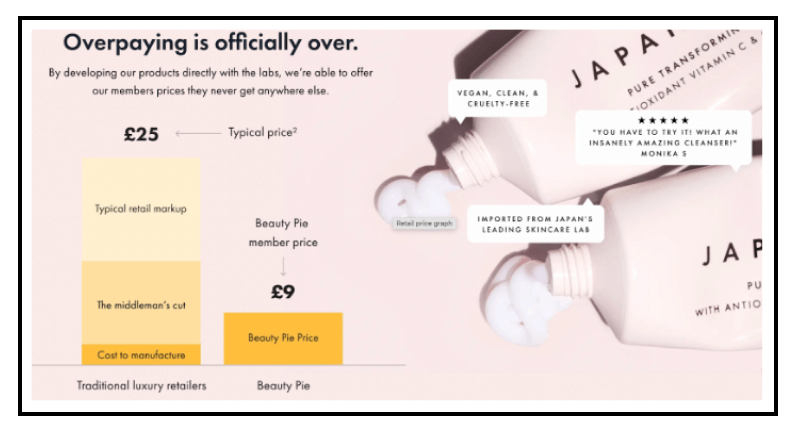
Beauty Pie offers different types of subscriptions that cater to both types of customers. Their products have a luxe feel and customer ratings are high.
Loot Crate curates the best pop culture franchises in their ‘geek box’ subscriptions. Their boxes include anime, gaming, apparel, films, and TV.
Loot Crate offers collectibles straight from different franchises, assuring quality. Their boxes are a deal retailing at $16, which has a street value of $25-30.
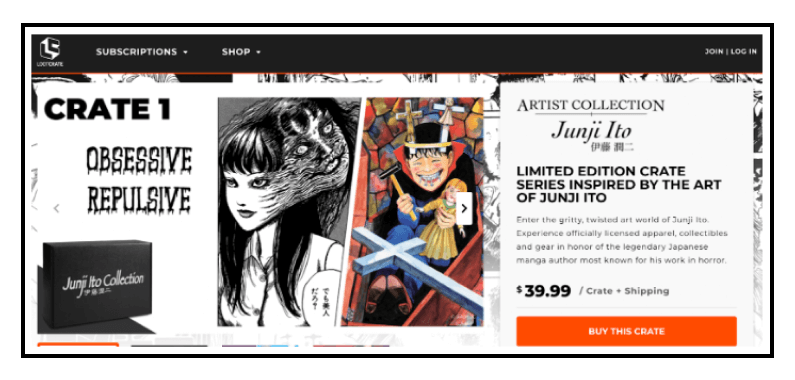
They also inform their subscribers in advance of which fandom box is being released. Fans can choose to unsubscribe if it doesn’t appeal to them. Subscribers are also offered free shipping on some boxes or bundled offers on others.
Loot Crate has a legion of loyal fans who believe and trust in the brand to delight them.
Benefits of subscription business
DTC brands benefit immensely by using the subscription model:
1) Repeat purchases and increased revenue:
Brands earn recurring revenue through a subscription model. This helps in better planning, supply management, and order fulfillment. Automated online billing keeps the purchase process transparent and reduces complaints about card charges.
It also helps companies understand usage patterns and preferences that help in the new offering development process.
Recurring revenue ensures that the DTC brand sustains and does not suffer any cash flow or working capital problems. DTC brands can tailor-make subscriptions for seasonal buying patterns as well. It also helps increase the Average Revenue per Unit or ARPU, since they can manage costs better through bulk buying and not holding inventory.
2) Increased Lifetime Value:
Subscription models help DTC brands move from a one-time engagement to a long relationship with their customers. Of course, customers have to find value in the subscription to continue on a long-term basis. For instance, Birchbox has 2.5 million subscribers, FabFitFun has a million subscribers, and Glossy Box has 200,000 subscribers – Source. These subscribers find value in the brand offering.
Birchbox turned customer insights into a personalized subscription experience. It converted customers into long-term subscribers by understanding that customers were looking for ease, convenience, and quality.
They added the element of surprise and their customers started to anticipate their subscription boxes. This helped increase their customer lifetime value.
3) Better demand planning and implementation:
A DTC brand with a subscriber base can estimate demand better. It allows them to not hold extra inventory and estimate buying patterns more accurately.
This also translates into cost reductions and a stronger bottom line. The management of the supply chain from procuring to order fulfillment becomes smoother and more cost-effective.
4) Cross-selling opportunities:
DTC brands can upsell or cross-sell to their subscriber base. Huel goes beyond selling its principal product, meal replacement snacks. It also cross-sells apparel, bottles, shakers, and pots with its subscriptions.
Subscription models can also be used to upsell products: Ipsy attracts first-time customers with its $13 per month Glam Bag. Once customers have tried this model, they are encouraged to buy the $28 Glam Bag Plus.
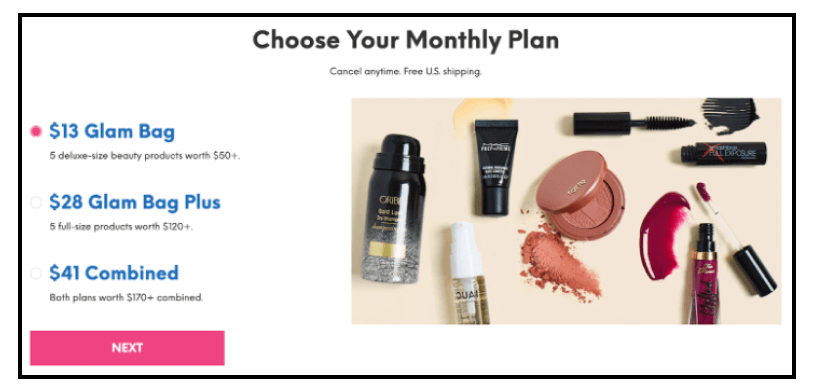
Strategies to optimize the DTC subscription business model
A DTC subscription model goes much beyond curating the right products and pitching them to customers. Dollar Shave Club identified that customers found it cumbersome to pick shaving products and were sometimes confused by the many choices in the market. They offered a good shaving solution that removed complex decision-making from a routine daily task.
The subscription model was a perfect fit for this solution. It was a fresh and novel idea that customers loved. Their messaging moved from catering to the alpha male to being an effective, getting-the job-done brand with a couple of laughs packed in. This resonated with customers:
Acquisition strategies for DTC subscription services
1) Build a community with shared values :
DTC brands with powerful mission statements and values attract customers, who are drawn to the brand philosophy rather than just the product.
Millennial and Gen Z customers, influenced by millennial spending habits, in particular expect a sense of community from their brands and are willing to help amplify the brand message once they are in.
Brands that invest in building an online community for and by their customers reap rich dividends in terms of longer and deeper engagement, and feedback from the community.
2) Offer flexible subscription options:
Brands that offer multiple subscription options are successful in attracting and keeping subscribers. Offering tiers of subscription prevents any subscriber outflow to other brands that meet their desired price points. Often customers want to try the basic package before scaling up.
A clear Call to Action (CTA), seamless onboarding, and a billing and subscriber management system are all integral to the functioning of the tiered subscriber program.
3) Leverage internal analytics :
DTC brands own a mine of data that they can use to grow their subscription model. They can gain customer insights by observing and understanding customer usage patterns, and unsubscribing triggers.
Brands can refine their offerings and remove obstacles that deter customers from opting-in. They can also tailor their market outreach programs to new customers by measuring the success of their marketing programs.
4) Hone in on their value proposition:
DTC subscription brands can never rest easy and need to constantly fine-tune so that they are in sync with their customers. They must reaffirm their brand message and brand values with their subscriber base. Product differentiation and fresh and interesting communication can prevent subscription fatigue.
If customers seek ease, personalization, or surprise, the brands must ensure that the subscription model does the same. Use storytelling to add layers to the brand, attract new customers, and connect with them. Make sure ‘the why of the brand matches the overt or latent needs of the customer base.
Retention strategies for DTC subscription services
Customer churn is one of the key problems facing the DTC subscription business. Customers today have several subscription options from a variety of brands. Initially, subscription boxes were a way to de-commoditize a brand category. Now the plethora of subscription brands in a category has led to subscription fatigue in customers. How can this be countered?
1) Deep understanding of customer needs:
Subscription brands can revisit their customer persona/s and understand their requirements better. This can be done through surveys, emails, and analysis of customer data.
The customer journey also has to be scrutinized, as the needs of customers at the beginning of the process are quite different from those later in the journey. All this information demands keener attention to customer needs and providing solutions tailor-made for those needs.
2) True customer support:
Customers shifting from one-time purchases to the subscription model need a lot of customer service support across channels (social, website, mobile) before they are onboarded.
Seamless onboarding, and support through chatbots, email, or toll-free numbers make customers feel seen and supported throughout their buying journey.
Poor customer service is often the reason for unsubscriptions. To make sure customers are heard and seen, maintain time-bound replies to their concerns and incorporate changes on issues that receive consistently poor feedback.
3) Moving from subscription to membership:
Several brands are now looking beyond the subscription box to retain customers. They are adopting a membership approach, where the box is the star, but there are several more offerings paired with it to keep customers engaged.
Katie Rosen Kitchens, founder of FabFitFun in her interview speaks about how she built a loyal band of subscribers for her brand.

FabFitFun has built an intersection of content, commerce, and community over the last five years. We look at our customers holistically and continuously find innovative ways to offer them value beyond the box. Although many people would also attribute influencer marketing to our success, we have found that our subscribers have become the influencers within their communities. The personalization that the box now has, offers something for everyone from a teenager to a grandmother. So almost all of our members have someone in their circle that wants to integrate FabFitFun into their lives.
4) Winback campaigns :
DTC subscription brands can create and implement winback marketing programs to re-engage customers who have drifted away from the brand.
Brands can email lapsed or dormant customers, offer coupons and discounts, and special event vouchers to win back their subscriptions. Customers can also be retargeted through other platforms like Twitter, Facebook, or Instagram to regain their attention.
It is worth the time and effort put in to woo customers who have unsubscribed. It is yet another way customers feel they matter and can lead to renewed subscriptions.
5) Easy cancellations:
Ease of cancellation is just as important for subscribers as it is for easy onboarding. Customers who choose DTC subscription brands believe in choice and do not like to be boxed in. An easy cancellation policy builds trust in customers and they know they can pick it up again after a while.
Customers can also be offered a pause option if they need to take a break from the brand for a while. In offering convenience in the way they choose to interact with the brand, customers are less likely to give bad feedback about the brand.
11 DTC brands that offer subscription programs
Subscription models have further revolutionized the way customers choose to buy brands and make them an integral part of their life. Let’s take a look at a few of these brands that changed the status quo:
1) 4Ocean
4Ocean is a DTC advocacy ocean cleaning brand. They offer their bracelets as a subscription model for advance shipping and early access. Its annual revenue stands at $48.3 million per year. Their bracelet sales pay fishermen and cleaners to remove plastic from the ocean and beaches.
2) MeUndies
MeUndies brand offers an underwear subscription that has become the rage. Its soft products and community engagement has translated into a 40,000 subscriber base. Its sales stand at $100 million.
3) Prose
Prose brand offers hair care subscriptions. Its 15% off on all products, anytime cancellation, and a free product for every 10 purchased is a hook for its fan base. Prose expects to touch $100 million in revenue in 2022.
4) Winc
The Winc wine membership service offers four bottles of wine to its subscribers every month. Fast shipping, in-house high-quality wines, and data-driven choices have allowed Winc to become the leader in the wine subscription market. Subscriptions start at $29.5 per month.
5) Pupbox
Pupbox brand sends treats, toys, and tips for dog parents. The box is designed based on the age of the pup. It has boxes ranging from $29 to $39.
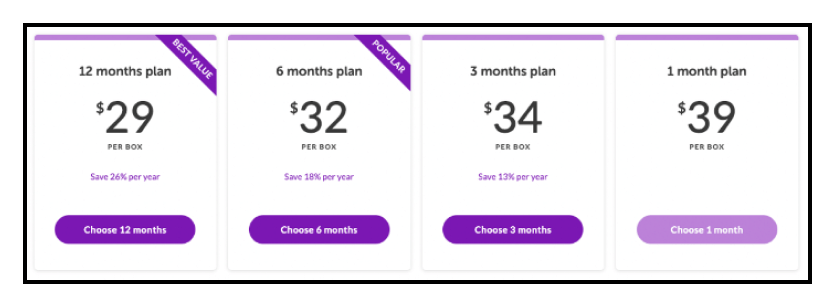
6) Bespoke Post
Bespoke Post sends subscription boxes that contain shaving kits, bar accessories, and shoe maintenance kits that are curated for men who appreciate quality. Their boxes are priced at $70 each. Subscribers can choose to join their club and access the boxes at $49 per month.
7) Snackbox
Their subscription boxes range from $17 to $39. They have keto, vegan, gluten-free, and kosher boxes in addition to their range of mixed snack boxes.
8) Mistobox
Mistobox was founded by Conor Riley in 2012 as a coffee bean subscription. Their annual revenue in 2021 was $5 million. Customers can subscribe for a month, 6 months, or a year.
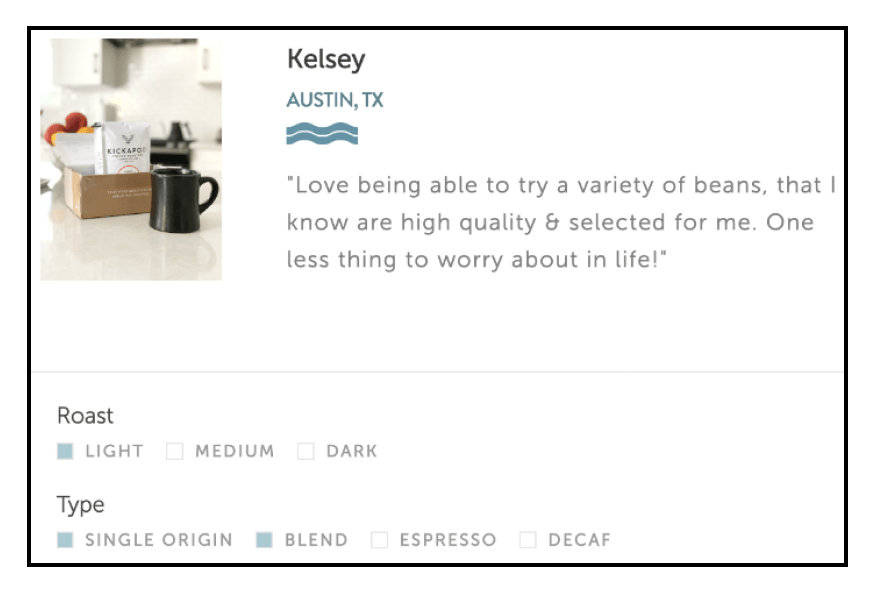
9) Fat Brain Toys
Fat Brain Toys is a toy subscription box designed and developed by Dona and Rosy Khalife. They have monthly, six-monthly, and yearly subscriptions.
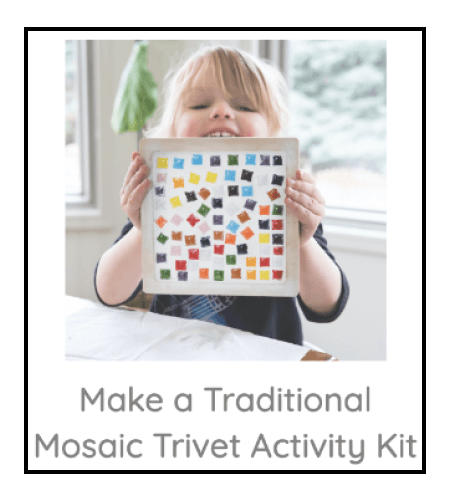
10) Sheets Laundry Club
Sheets Laundry Club provides eco-friendly products that are sustainable. Their plastic-free laundry products have flexible subscriptions and free shipping for orders above $12.99 in the US of A:
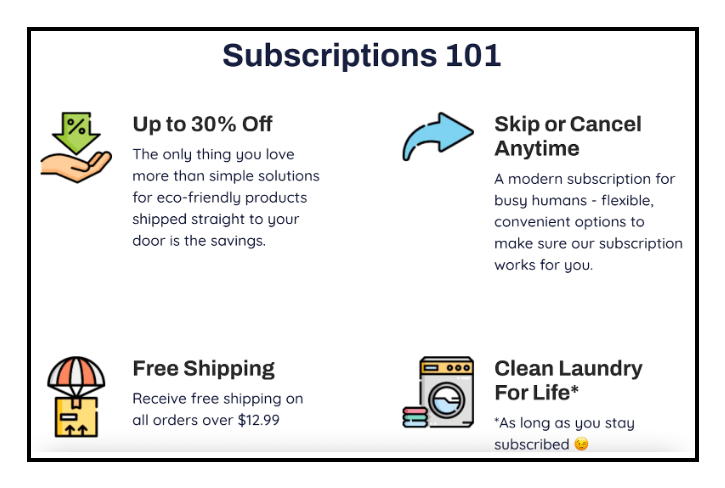
11) BeautyFIX
BeautyFIX subscription boxes contain professional products usually found in dermatologist offices, professional hair care products, spa products, and global make-up products. They offer monthly, 3-month, 6-month, and yearly subscriptions. Orders over $50 are eligible for free shipping. Referring a friend earns a $15 reward.
The future of DTC subscription businesses
The subscription model makes perfect sense for brands and customers and is an idea whose time has arrived. It allows customers to try new ways of using products, increases customization, helps improve processes, and enables better demand and supply management. Recurring revenue, better margins, and a ready pool of customers are other benefits.
Post-pandemic, DTC brands are realizing that acquiring customers and retaining them is not going to be easy.
1) International subscription model
DTC subscription models on the acquisition path will look at markets beyond their borders for growth. Strong technological platforms are making it easy to reach and market to customers all over the world.
2) Use of machine learning for predictive models
In uncertain times, with quick changes in the global economy thanks to the pandemic, DTC brands will turn to machine learning to assess transactional information to make predictions. It helps analyze customer interactions and transactions within a few milliseconds and helps in creating real-time predictions in the brand environment. The model predicts how likely a subscriber is to buy, unsubscribe, or make any other action the brand wants information about.
As the data is being analyzed in real-time, brands can understand where the customer came from, what device was used to come to the site, where they linger on the site, do they scan or dig deeper, are they returning to the brand, if so are they checking the same products or exploring others and what is the likelihood that they will stay with the brand.
3) Great customer experiences
Customers will continue to seek personalized experiences and seek to be part of a community experience. DTC brands revisiting all customer touchpoints will flourish. Onboarding, ordering, packaging, delivery, and communication will all play important roles.
Capturing customer usage patterns, feedback on products, and responses to promotions are the way forward for DTC subscription brands.
4) Storytelling
Customers will continue to seek brands that tell a great story. DTC brands will use platforms like Tiktok to keep users engaged and excited. The type of storytelling will determine the customers it will attract.
The story must keep in mind customer personas before telling.
5) The rise of the user
User-generated content will become a mainstay with DTC brands to popularize their subscription offerings. Customers are picking brands based on feedback from Internet creators, friends, and family.
DTC subscription models have only started the journey. New subscription strategies, deep focus on the customer and their needs, increased role of augmented reality, and NFTs are some of the new paths DTC subscription models will explore in the coming years.
You may also like
Essential resources for your success

























































